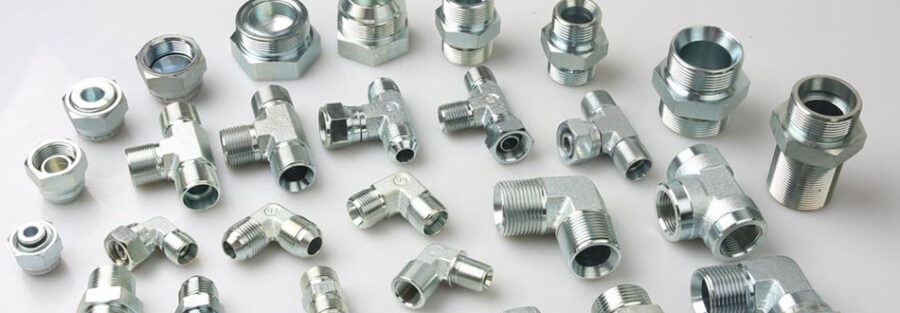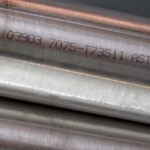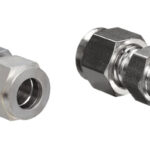Application of Tube Fittings

In pipe systems, a fitting or adapter is used to join straight pieces of pipe or tube, adapt to various sizes or forms, and serve additional tasks like controlling fluid flow. These plumbing fittings are used to regulate the flow of liquid waste, gas or water in a network of pipes or tubes in a residential or business context. One of the fundamental differences between the tube and the pipe is that the tube is never threaded at the end to create a connection. To connect a tube to another tube, a pipe to another pipe, or a piece of equipment to a certain kind of hardware (such an instrument), a tube fitting must be utilised. Each tube fitting is required to carry out two essential functions within the pressure, temperature, and vibration parameters. To stop the tube from blowing out or losing its seal, the tube fitting must first grip the tube end. The tube fitting must maintain a primary leak-proof seal, second.
Applications of Tube Fittings
When it comes to maximising component selection, visiting a fitting supplier is typically a smart idea because the construction and material requirements of fittings are application-specific. On the other hand, most tube fittings are made to work with hydraulic or pneumatic systems. The first step in choosing the fittings that are best for the application is to identify the type of core system.
Hydraulic applications include moving liquids like water and different chemical solvents. Seals that stop liquid leakage and are frequently resistant to rust and other chemical damage are required on hydraulic fittings.
The transmission of gas is a component of pneumatic applications. Pneumatic fittings need to have incredibly tight seals and be chemically resistant to prevent gas loss.
Many different applications, including structural design, make use of tube fittings. These fittings must have a high level of physical integrity, but as they do not transport fluids, they do not need to be sealed.





